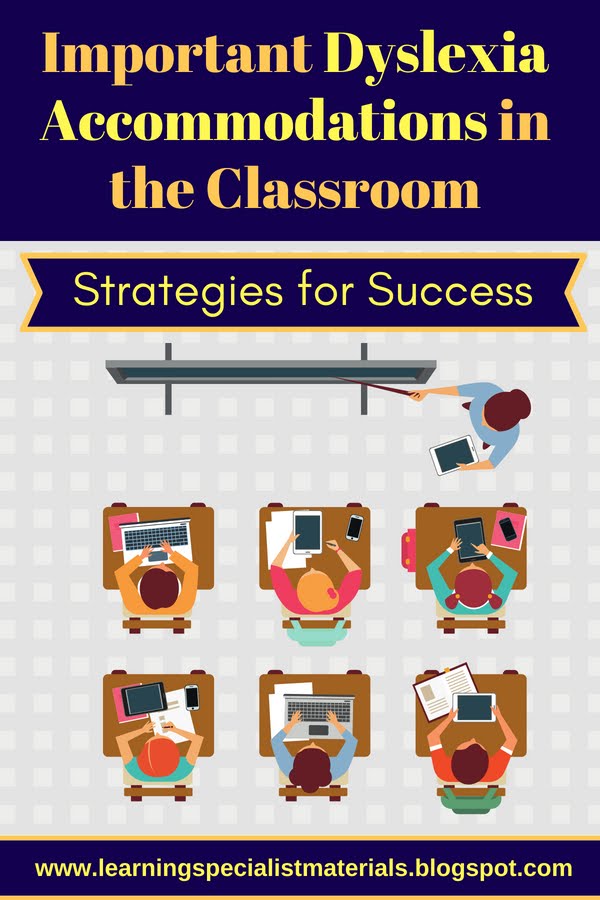

Students with dyslexia often struggle to complete reading-based assignments in the time allowed. Asking for More TimeĪnother one of the most common accommodations for dyslexia is simply asking for more time. So, the idea that breaking it down into its simplest components for greater comprehension holds logical weight. The Orton-Gillingham approach hopes to increase understanding by teaching students how language and phonetics work together. It teaches students how language works to help them build connections between letters and sounds.

Orton-Gillingham breaks letters and sounds down into their simplest components. This works better for some students than relying on verbal or rote memorization. It incorporates a multisensory approach to teaching reading. The Orton-Gillingham teaching approach was specifically designed for the needs of dyslexic students. What Is the Orton-Gillingham Approach?įor those who are unfamiliar, let’s clarify some terms. Indeed, we use this approach at Sage School to help our students gain confidence, self-advocate, and recognize their talents. One of the best accommodations for dyslexia that any school can have is Orton-Gillingham-based reading instruction. Orton-Gillingham Based Reading Instruction Here are five adaptable accommodations for dyslexia that you should look for in any school your dyslexic child attends. For parents, knowing what accommodations you can fight for provides hope and stability.

One would think we’d have found better ways to accommodate their needs!įor those in the teaching field, finding ways to reach these students is crucial. Therefore, struggling in this one crucial area can lead to serious academic trouble later on in life.īetween five and ten percent of Americans display symptoms of dyslexia. The traditional curriculum relies on reading ability. Read more about dyslexia on the National Institute of Learning Development website here.Nothing can make a child fall behind in their coursework faster than reading difficulties. Read more about our educational services here.
DYSLEXIA ACCOMMODATIONS HOW TO
Help the student learn how to independently breakdown large assignments into smaller tasks.

Provide advanced copies of class notes and/ or completed study guides.Use visual presentations of verbal material, such as glossaries and word banks across content areas.Clarify or simplify written directions.Consider allowing the student to test and a separate setting as they will likely need more time to complete work. For tests of reading, allow the student to read out loud to his/herself. Allow the student to complete written assignments using Online dictation or allowing the student to use a computer, will be beneficial.Understood: Some example accommodations include:.The Yale Center for Dyslexia & Creativity:.
DYSLEXIA ACCOMMODATIONS FULL
Providing these tools, and teaching the students how to use the accommodations to support their learning, is so important in helping the dyslexic student reach their full academic potential.Īlthough there are a variety of accommodations, check out the information and links below to start researching which accommodations might work best for your dyslexic student: Based on specific student needs, accommodations may vary. Dyslexia can impact various skill sets such as spelling, writing, arithmetic, and sequencing. Individuals diagnosed with dyslexia may not just have difficulties with reading. Students with dyslexia often require, and can greatly benefit from accommodations, in both the academic setting and at home. So far, we have discussed the importance of determining if your child has dyslexia via a psychoeducational assessment. Jessica DeLing M.Ed.is an educational diagnostician at Child and Family Development- Midtown. October is Dyslexia Month! Our team of Educational Specialists are celebrating by sharing their expertise. OctoDyslexia Month Series: accommodations for school and home by Jessica DeLing MEd


 0 kommentar(er)
0 kommentar(er)
